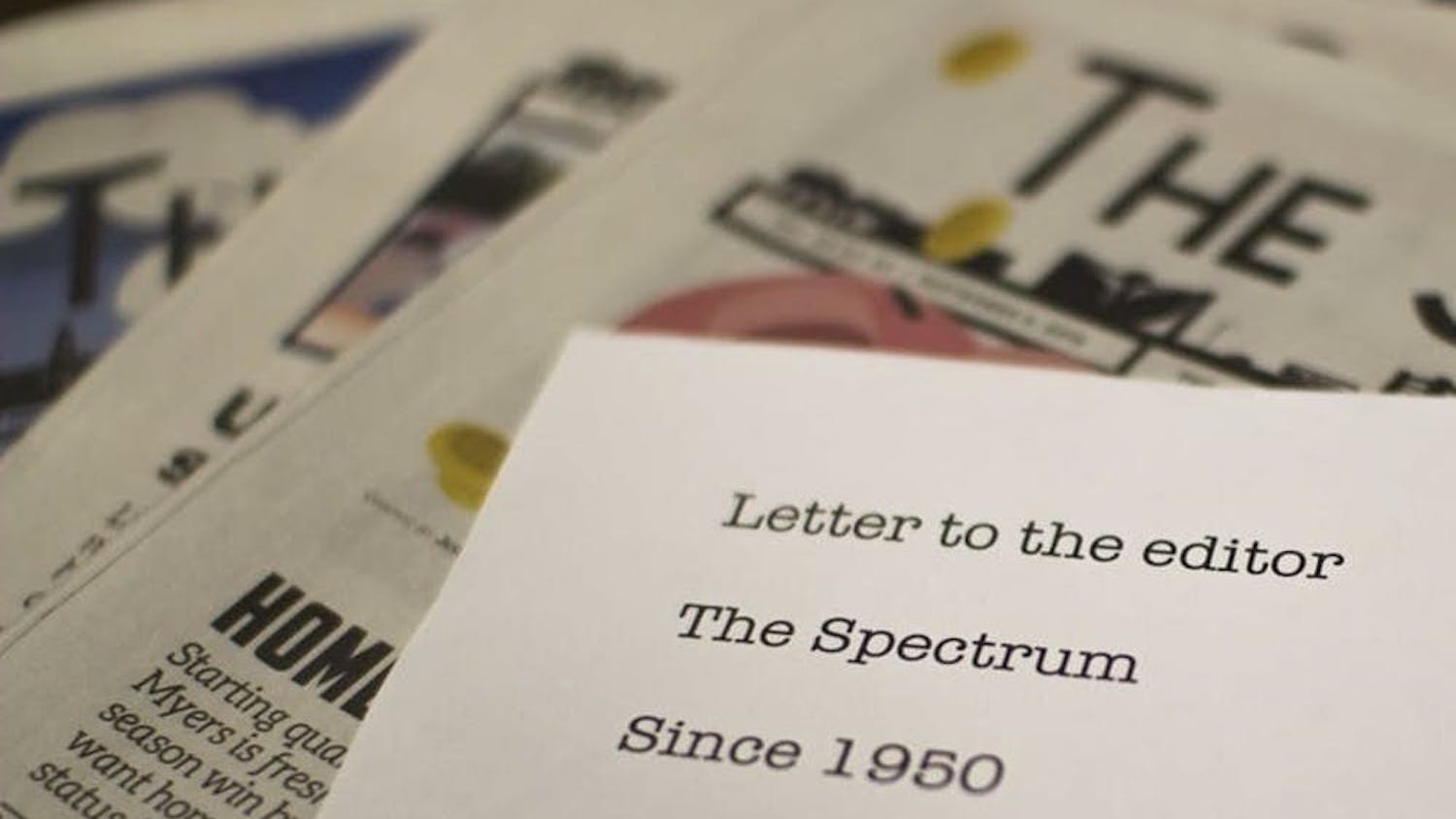We have all seen them. That pile of rags and unkempt hair that gruffly asks for a dollar or two. Or maybe we've seen the lady pushing a shopping cart full of junk down the street while having an animated conversation with herself. These are the homeless people of this nation, and there is something that can be done.
Dennis Culhane, Ph.D., is a professor of social policy at the University of Pennsylvania, and he has devoted his professional life to the study of homelessness. He looks at the ways that we can solve the homeless problem as well as prevent people from becoming homeless in the first place.
The Student Union Theater was filled on Monday afternoon with people from all across UB and Buffalo itself who came to hear Culhane speak. Sociologists, social workers, political science majors, students from across the spectrum of college majors, and professors were there to see what new insights Culhane had into the sticky issue of homelessness in the United States.
In an experiment titled The New York/New York Agreement Cost Study that began in 1989, the totals were racked up on what it costs taxpayers to take care of homeless people in New York City. This included cost of shelters, cost of hospital stays, and cost of prison and jail stays for the chronically homeless single adults in NYC.
The study found that it cost roughly $40,000 per year to support a homeless person. The study also found that the combined costs of subsidized housing and treatment for the mental illness and addiction that tend to plague this group of the chronically homeless came out to only $900 more per year than the current system, with the added bonus that these people are no longer homeless.
Culhane pointed out that the NY/NY study did not factor in the costs of ambulance services, which homeless people tend to require a lot due to their lifestyle, and that, too, would further offset the cost of subsidized housing.
The NY/NY study only looked at single adults that were chronically homeless. This is one of the smallest groups of homeless people, but the most likely to have mental health problems, drug addiction problems, or both. They are also the most likely to remain homeless without assistance.
Another study in Massachusetts looked at the largest group of homeless people –families. Usually these families consist of a mother and two or more kids that are too young for school. This group has very low incidents of mental illness and substance abuse but almost double the number of people in shelters and double the time spent in shelters.
This study found that families that were given just a little bit more assistance than the norm were much more likely to pull themselves out of homelessness and less likely to return.
Many opponents to housing subsidies argue that we would simply be giving these people something for nothing. Culhane counters with the statistic that was found out in NYC that we already give a lot of money for this issue. If we shell out just a little bit more, we can get these people the help they actually need rather than just keeping them on the streets.
Email: michael.tyson@ubspectrum.com





